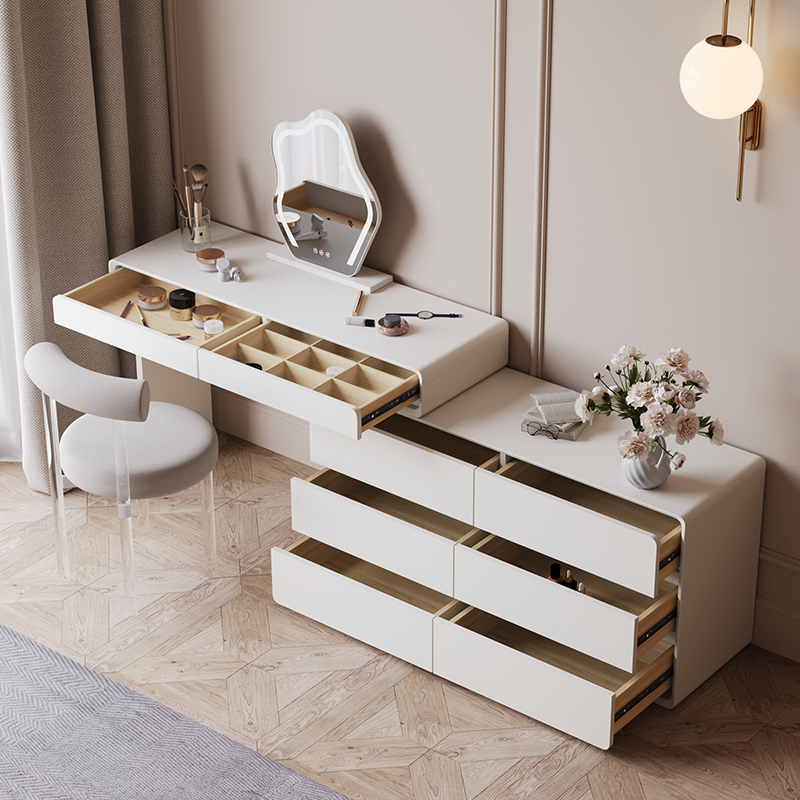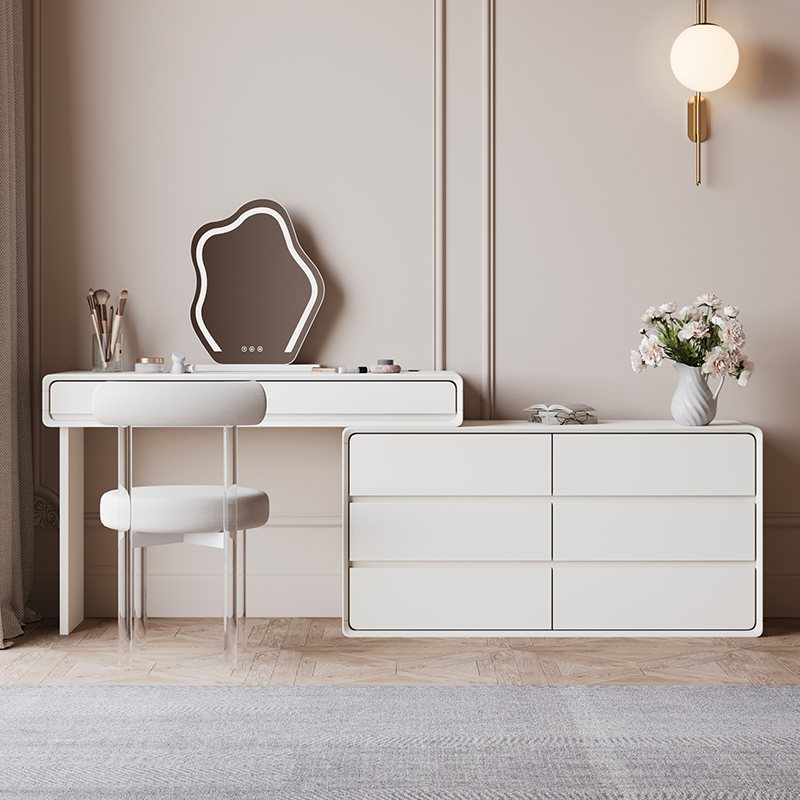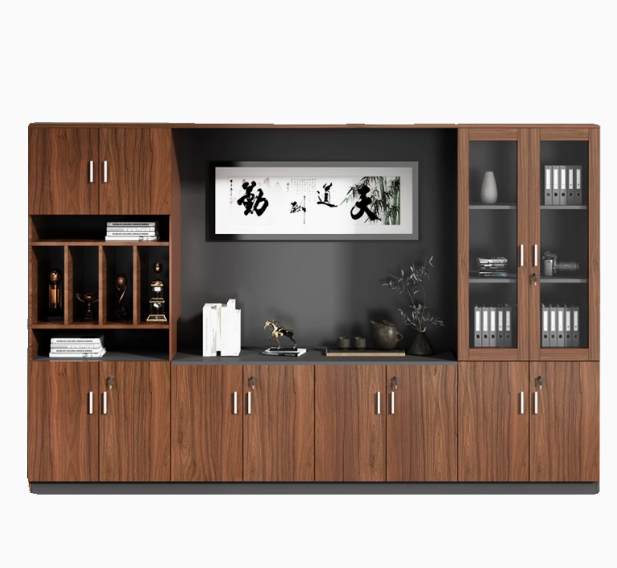
In the international trade of wooden furniture, the issue of moisture damage has always been a headache for exporters and logistics managers. According to industry statistics, approximately 15% of wooden furniture export orders face varying degrees of moisture - related problems, such as deformation, mildew, and discoloration. These problems not only lead to product quality degradation but also cause significant economic losses and damage to brand reputation.
The root causes of these moisture - related issues mainly lie in environmental factors and transportation processes. During storage and transportation, wooden furniture is often exposed to complex environments. For example, in high - humidity coastal areas, the average relative humidity can reach over 80%, which poses a great threat to wooden furniture. In addition, long - distance sea transportation in containers can also create a closed and humid environment inside, further increasing the risk of moisture damage.

Maintaining an appropriate humidity level is the key to preventing wooden furniture from moisture damage. It is recommended to keep the indoor humidity for furniture storage between 40% - 60%. This can be achieved by using dehumidifiers or air - conditioning systems. In the packaging environment, moisture - proof bags and moisture - absorbing pads can be used to isolate external moisture.
Dehumidification boxes and desiccants are common and effective moisture - proof tools. Dehumidification boxes can absorb moisture in the air through physical adsorption, while desiccants, such as silica gel desiccants, can quickly absorb a large amount of moisture. For a standard 20 - foot container, it is advisable to place 10 - 15 dehumidification boxes or an appropriate amount of desiccants to ensure a dry environment inside the container.

Let's take a real - world example. A wooden furniture export company in China once faced a high return rate due to moisture - damaged products in their European orders. After adopting a comprehensive moisture - proof solution, including using high - quality desiccants in packaging, installing dehumidifiers in the warehouse, and regularly monitoring the humidity, the return rate dropped from 15% to less than 3% within six months. This shows that effective moisture - proof measures can significantly improve product quality and customer satisfaction.
In addition to storage and transportation, daily maintenance of wooden furniture also plays an important role in moisture protection. Avoid placing wooden furniture in direct contact with the ground or walls, as these areas are more likely to be affected by moisture. Regularly wipe the furniture with a dry cloth to keep it clean and dry. Also, proper ventilation in the room can help reduce humidity.

In summary, moisture protection for wooden furniture in export orders requires a comprehensive approach, including environmental control, the use of moisture - proof tools, and daily maintenance. By implementing these measures, exporters can effectively reduce the risk of moisture damage, improve product quality, and enhance customer satisfaction.
We encourage you to share your experiences and challenges in wooden furniture moisture protection. Have you encountered similar problems in your export orders? What measures have you taken? Leave your comments below, and we'll be happy to discuss with you.
Discover our advanced moisture - proof solutions for wooden furniture by clicking here.











